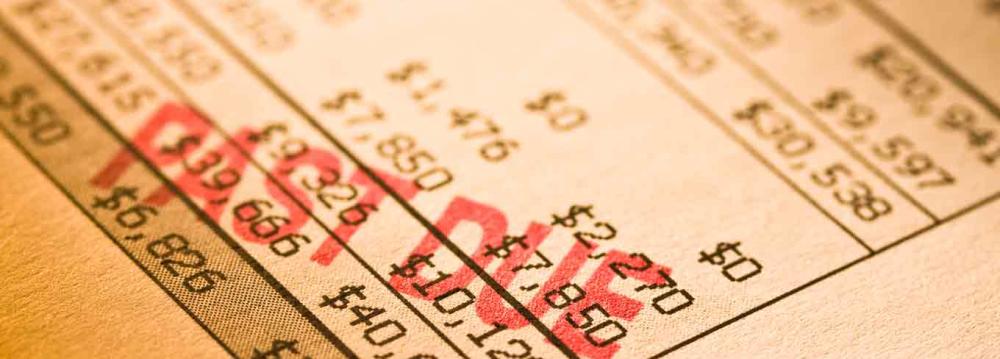A study of official data pertaining to non-performing loans in the Iranian banking system over the past six years conducted by the Tehran Chamber of Commerce, Industries, Mines and Agriculture has found that even though the ratio of bad loans has decreased in this period, the volume has increased steadily.
The study employs only official data published by the Central Bank of Iran and aims to shed light on the state of NPLs in Iran by reviewing changes in the volume of bad loans and their ratio to total loans allocated by financial institutions.
It also compares figures for Iran with those of other countries based on official data released by the International Monetary Fund for the final quarter of 2016, TCCIM's website reported.
The chamber begins its report by pointing out that NPLs are a negative byproduct of financing economic endeavors through banking resources.
It then outlines that NPLs are divided into three categories based on how long the borrower has defaulted on the payment.
Loans for which the debtor has not made the scheduled payments for at least six months are first while loans with a repayment delay of six to eight months form the second category. The third category comprises of loans that have yet to be repaid after eight months, meaning that there is little hope of their recovery.
"Considering the necessity of providing finance proportionate to the progress of economic growth and development of countries, strict supervision over the volume of NPLs, especially those whose reimbursement is doubtful, plus the ratio of NPLs to total loans, will prevent disruption and hefty costs for the banking system," the report noted.
It then refers to data provided by CBI and its vice governor, Akbar Komijani, who had put the ratio of banks' NPLs at 11.1% by the end of the sixth month of the current fiscal year on September 22.
Komijani had further announced in another economic event that about 60% of the Iranian banking systems' NPLs are category three, meaning that there is little to no hope of retrieving them.
According to the TCCIM report, research indicates that from the sixth month of the fiscal 2011-12 to the sixth month of the fiscal 2017-18 [ended Sept. 22], the volume of NPLs and its ratio over total bank loans have undergone significant changes.
In the aforementioned period, the volume of NPLs has reached 1.185 quadrillion rials ($29.187 billion) from 504 trillion rials ($12.4 billion), indicating a 240% increase.
What is more, the volume of NPLs has experienced a 20.1% year-on-year increase in the year to Sept. 22 even though it had remained almost unchanged during the previous year.
Considering the 60% highly doubtful or lost funds projected by Komijani, this would mean that the volume of this category of loans in the Iranian banking system's portfolio amounted to about 710 trillion rials ($17.48 billion) by the aforementioned date.
However, as various officials, including CBI Governor Valiollah Seif, have announced last year, the ratio of bad loans has undergone a decline in the past few years. The reason is that the banking system has been pumping funds to businesses at enhanced volumes.During the period studied by TCCIM, the loan portfolio of Iranian financial institutions experienced a 310% rise to reach 10.67 quadrillion rials ($262.8 billion), outpacing the growth of NPLs.
Therefore, in the aforementioned period, "the ratio of non-performing loans to all loans decreased by 3.4% to reach 11.1% from the previous 14.5%".
In Comparison With Int'l Experience
For the purpose of its study, TCCIM employs IMF data gathered from 79 countries, which roughly equals the third quarter of the Iranian fiscal year with the fourth quarter of 2016 to make comparisons.
Among those countries, the NPL ratios witnessed in Kenya match those of Iran's 11.7% registered in that period.
In the final quarter of 2016, neighboring Pakistan and Afghanistan registered NPL ratios of 10.1% and 11.4% while those of India, Turkey, China and Saudi Arabia stood at 9.2%, 3.1%, 1.7% and 1.4% respectively.
Among European nations, the NPL ratios of only Greece at 36.3%, Portugal at 17.2%, Italy at 17.1% and Ireland at 12.6% were higher than Iran's.
Iran was 14th among 79 countries in terms of NPL ratios in the aforementioned period, while Cyprus stood first with an eye-popping 48%.


